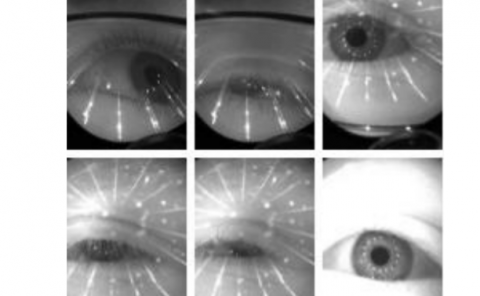Evaluation of Low-end Virtual Reality Content of Cultural Heritage: A Preliminary Study with Eye Movement
PubDate: August 202
Teams: The University of Hong Kong
Writers: Jeremy Tzi-dong Ng;Weichen Liu;Xiao Hu;Tzyy-Ping Jung

Abstract
The affordances of virtual reality (VR) have made it widely adopted for presenting content of cultural heritage in digital libraries. In recent years, non-specialists including university students were involved in creating low-end VR content using low-cost equipment and software. Among various design options, the question as to which ones could be more effective in presenting cultural heritage remains. This study aims to evaluate and compare the effectiveness of user-created VR content of cultural heritage with different designs, through collecting and analyzing self-report and eye movement data from end users. Results show that the presence of text annotations in the VR content helped users understand the cultural heritage being presented, whereas users’ visual attention was largely attracted to the text annotations and additional images when the VR content contained such visual information. This preliminary study also explores the feasibility of using the eye-tracking method to analyze user interactions with VR content of cultural heritage. The results provide empirical evidence on the effects of different designs of user-created VR content on end users’ understanding of cultural heritage.


